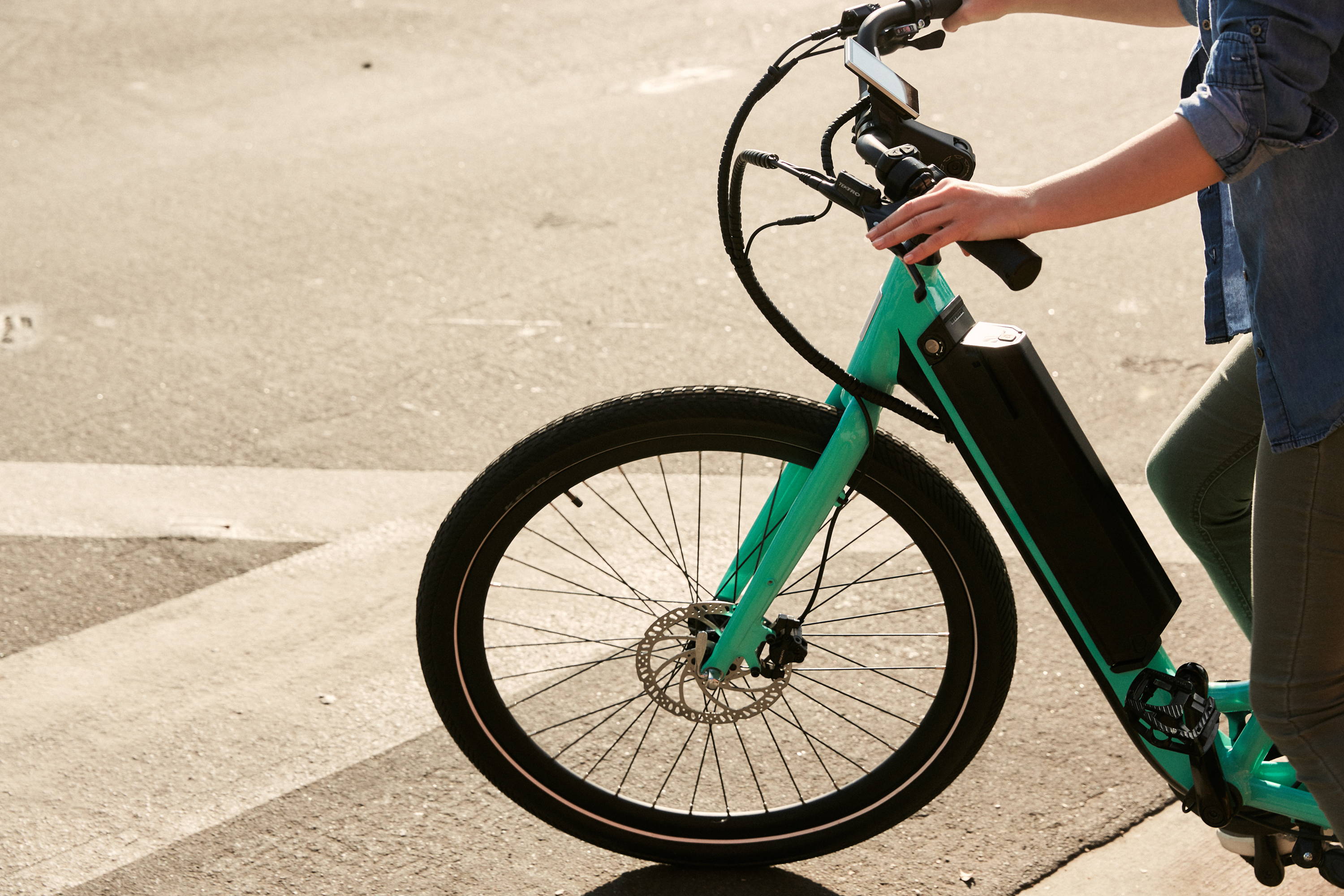
Benefits Of Fat Road Bike Tires
May 23, 2019
20 years ago the trend in cycling was toward narrow, high pressure tires. Inspired by racing cyclists, many riders tried to emulate the equipment they saw being used by professional teams and elite athletes. At the time, the thinking was that narrow, lightweight, high-pressure tires were faster - their slender profile could be more aerodynamic.
As it turns out, some of the “conventional wisdom” may be dead wrong. Recent research even suggests that wider tires may actually be faster, since they allow the tire to conform to bumps and imperfections in the pavement instead of bouncing off them.
Speed isn’t the only benefit - wider tires offer more grip and control, and are also significantly more comfortable to ride, putting less stress on your elbows and lower back. These days, the “secret” is out, and the bike industry is going in the opposite direction, with bikes increasingly offering wider rims and tires than ever before.
So how does it all work? Just like a suspension fork on a motorcycle, a bicycle tire is also a form of suspension. The more air volume inside the inner tube, the more suspension action! Wider, larger diameter tires have more physical room for air molecules inside, and that means more suspension. More suspension = comfort, grip, and control.
Key benefits of fatter, wider tires:
- Comfort - ride longer without pain or fatigue
- Control - your bike handles better on rough surfaces
- Fewer flat tires - more air volume lowers the chance of a pinch flat
Ready to give wider tires a try?
Our Pace line of e-bikes use 27.5” (or “650B”) wheels, the common size adopted from modern mountain bikes. These are slightly larger in diameter than traditional 26” wheels, and the tires are also wider compared with many competing electric bikes. This in turn means more air volume (air volume = suspension = comfort and control).
You can also retrofit wider tires to an existing bike. You’ll need to select a model that fits comfortably in the frame and fork once installed.
One final tip - don’t over inflate. Experiment with different air pressures (within the range printed on the tire sidewall of course) to find a setting that works for you and your riding style.







 Aventon US
Aventon US
 Aventon CA
Aventon CA
 Aventon DE
Aventon DE